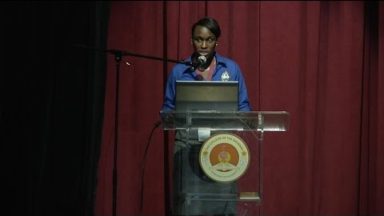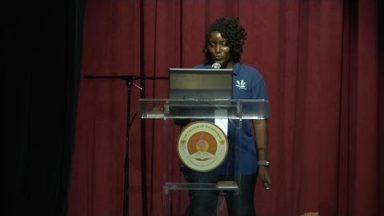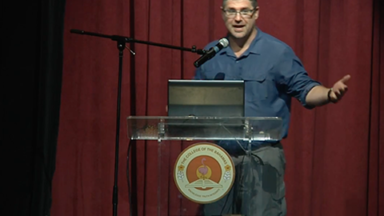Analysis of Grand Bahama forest using Normalized Difference Vegetation Index (NDVI) to evaluate vegetation changes for post-hurricane season 2004 and 2005
Presented by Zeko McKenzie
Zeko McKenzie
In 2004 and 2005, Grand Bahama was affected by 3 consecutive major hurricanes (Frances and Jeanne in 2004, and Wilma in 2005) that altered the island forest landscape. As a result of their impact, Grand Bahama forest experienced changes in its forest landscape. Such changes can be analyzed using the Normalized Difference Vegetation Index (NDVI). The Normalized Difference Vegetation Index is used for the purpose of determining the chlorophyll density present in plant leaves as determined by a light refractive index (usually consisting of several spectral signature bands to composite an image) based on satellite imagery. This study uses the NDVI analysis in ArcGIS v 10.3 to evaluate changes in the vegetation of Grand Bahama’s (G.B.) forest post-hurricane season 2004 and 2005. Percent change (i.e. loss in forest vegetation) for G.B. forest was computed from Landsat 5 Thematic Mapper (TM) and Landsat 7 Enhanced Thematic Mapper (ETM+) satellite images (cloud free) obtained from the USGS website. For the purpose of detecting and documenting vegetation changes, a mosaic of cloud free Landsat Images from 2004 and 2011 were used in the NDVI analysis to detect vegetation changes, pre- and post-hurricane disturbance, for the two time periods. Preliminary results from the NDVI analysis revealed a minor decline in forest vegetation (mean vegetation loss = 4.8 %) from 2004 to 2011 (7 years), post-hurricane disturbance. However, an evaluation of the 2004 and 2011 Landsat Images indicated that the greatest vegetation loss occurred east of the island in the northeastern section of the pine forest.







Recent Comments